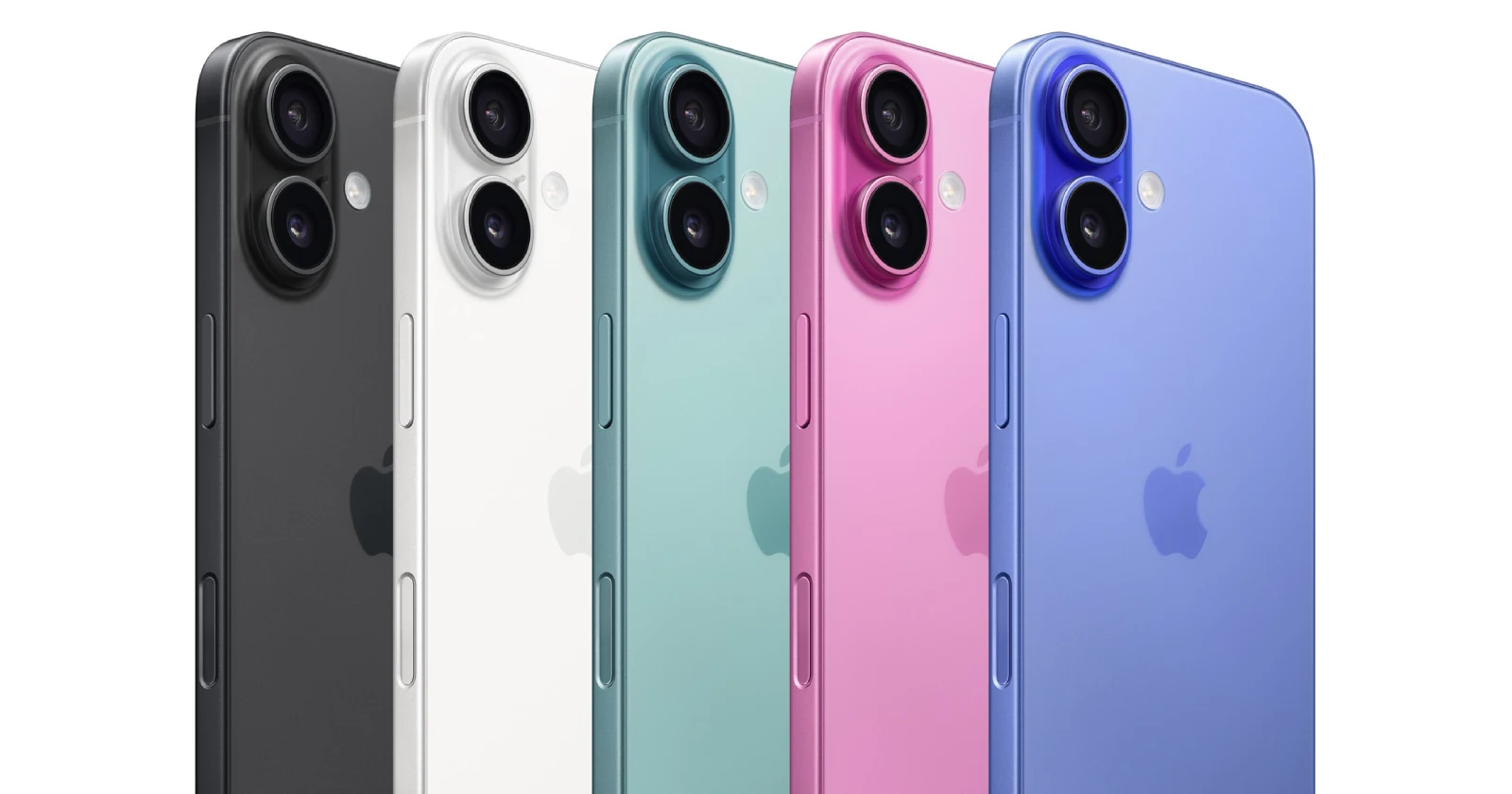It seems like Apple is under the impression that people outside the US aren’t yet ready for e-SIM-only iPhones. The company switched to e-SIM-only iPhones in the US with the launch of the iPhone 14 series, however, it’s yet to expand the SIM-less iPhone models to other regions. Even the latest iPhone 16 is only available without a SIM card tray in the US.
Most other countries get support for a single SIM-card and an e-SIM, making it possible to have two active connections on the device. And since you can have multiple eSIMs stored on the device as well, even folks in the US can have two active connections, despite not having a physical SIM card slot.
Apple’s decision to keep eSIM-only iPhones exclusive to the US mostly boils down to carrier support and customer habits. While the US market has adapted quickly, with nearly all major carriers supporting eSIM, that’s not the case elsewhere. In many countries, eSIM support is still hit-or-miss—some carriers offer it, some don’t, and even when it’s available, it’s not always easy to set up.
People who live outside the US are generally also used to the convenience of physical SIM cards, especially when traveling or switching networks. In places like Europe and Asia, where people often hop between countries, the ability to pop in a local SIM card is still highly valued. Apple seems to be playing it safe, waiting for the rest of the world to catch up before making eSIM-only the norm everywhere.
Sure, eSIM technology offers perks like better security—your number isn’t tied to a tiny piece of plastic that can be removed if your phone is stolen. It’s also easier to manage multiple lines without fumbling with SIM ejector tools. For business travelers and frequent flyers, eSIMs make it a breeze to add a second line without needing to visit a store or wait for a SIM card to arrive.
But these benefits are only as good as the support behind them. In markets where eSIMs are still relatively new, Apple’s cautious approach makes sense. They don’t want to alienate customers who aren’t ready or who may struggle with their carrier’s limited support. It’s not just about the tech—it’s about ensuring people have a good experience using it.
For now, Apple’s eSIM-only iPhones are sticking to the US. While the company clearly sees eSIM as the future, it’s not in a rush to push it globally. Furthermore, it’s unlikely that we’ll see a push from Apple to bring the e-SIM only iPhone models to other regions anytime soon. At least, there are no rumors about it yet. So we’ll have to wait and see if Apple switches things up with the iPhone 17 series next year.
But that isn’t the only thing exclusive to the US. As pointed out by the folks over at 9to5Google, 5G mmWave support is also limited to the US as well. However, since most regions don’t even have carriers that offer 5G mmWave, users outside the US aren’t really missing out on anything.
Speaking of e-SIM-only iPhones it the US, it recently came to light that Google Fi appears to be blocking physical SIM card activation for those who purchased iPhones overseas and are trying to set up a Google Fi connection on their devices. Nevertheless, do you want Apple to bring the e-SIM only iPhones outside the US? Let us know your thoughts in the comments section below.
TechIssuesToday primarily focuses on publishing 'breaking' or 'exclusive' tech news. This means, we are usually the first news website on the whole Internet to highlight the topics we cover daily. So far, our stories have been picked up by many mainstream technology publications like The Verge, Macrumors, Forbes, etc. To know more, head here.


